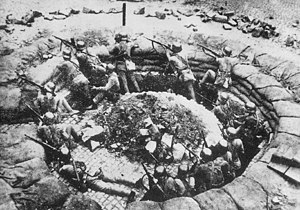Sir Thomas Warner founds the first British colony in the Caribbean, on the island of Saint Kitts.
Saint Kitts, officially known as Saint Christopher Island, is part of the Federation of Saint Kitts and Nevis in the Caribbean. The history of Saint Kitts is rich and spans centuries, involving indigenous people, European colonization, and the complex legacy of slavery. Here’s an overview:
Indigenous Peoples:
The island was originally inhabited by the Kalinago people, who called it “Liamuiga,” meaning “fertile land.” The Kalinago were skilled in agriculture and fishing and had a complex social structure.
European Colonization:
Christopher Columbus is believed to have sighted Saint Kitts in 1493 during his second voyage to the Americas. However, European colonization did not begin until the early 17th century when the English and the French established settlements on the island. The first English settlement was established in 1623, and the first French settlement followed in 1625.
Colonial Conflicts:
The island became a focal point of conflicts between European powers, particularly the English and the French, who sought control over its valuable sugar-producing land. The Treaty of Paris in 1783 ultimately awarded Saint Kitts to the British, solidifying their control.
Sugar Plantations and Slavery:
Like many Caribbean islands, Saint Kitts became a hub for sugar production. The development of large-scale sugar plantations led to the importation of enslaved Africans to work on these plantations. The institution of slavery played a significant role in shaping the island’s demographics and cultural landscape.
Emancipation and Post-Slavery Era:
Slavery was abolished in the British Empire in 1834. After emancipation, Saint Kitts faced economic challenges as the sugar industry declined. The island underwent social and economic changes, and former slaves sought to establish their own communities and livelihoods.
Federation of Saint Kitts and Nevis:
Saint Kitts and Nevis gained independence from British rule on September 19, 1983, becoming one of the smallest independent countries in the Western Hemisphere. The two islands form a federal state with a shared government.
Modern Economy and Tourism:
In recent years, Saint Kitts has diversified its economy beyond agriculture, with a focus on tourism and offshore financial services. The island has become a popular tourist destination, attracting visitors with its beautiful beaches, historical sites, and vibrant culture.
Historical Sites:
Saint Kitts has preserved some of its historical sites, including Brimstone Hill Fortress National Park. Brimstone Hill, a UNESCO World Heritage Site, is a well-preserved fortress that showcases the island’s colonial history. It played a strategic role in the defense of the island during periods of European conflicts.


